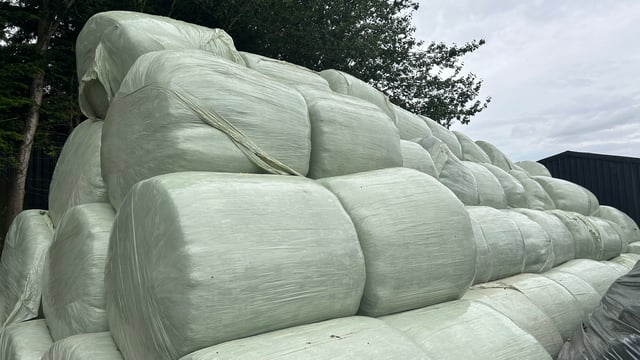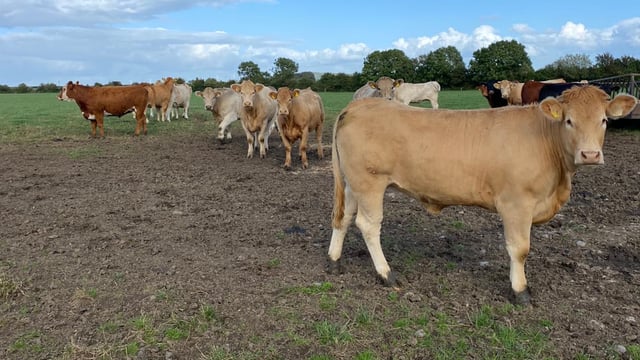New book on cottage industry recalls poitín tradition
A tradition in some parts of Ireland of leaving a naggin full of doubly distilled poitín on a wall or sprinkled on the ground for the fairies is recalled in a new book 'Cottage Industry in Post-Medieval Ireland.'
Launched at Dublin's Royal Irish Academy by Tanaiste, Micheal Martin, on October 1, the 200-page hard back publication is brimful of historical and archaeological facts, along with images of the range of small businesses featured.
The book is co-authored by Liam Downey, former director of Teagasc, currently adjunct professor of archaeology and of biology at Maynooth University; Dara Downey, a teaching fellow in American literature in the School of English,TCD; Muiris O’ Sullivan, emeritus professor of archaeology at UCD, and Derry O’ Donovan, former senior business adviser at AIB and former president of the Agricultural Science Association.
A significant diversification beyond farming took place from the late 1600s with the development of cottage industries, the authors noted.
The book records and documents the establishment and development of the most prominent of these industries. Many of these products were largely made from farm produce such as wool, linen, butter and alcohol.
These small businesses generated extra income for farm families, enabling them to pay the rent to landlords or in certain cases to utilise surplus output from their small holdings, according to the authors.
A lot of farm families made butter and other land-based enterprises like alcohol and lime, the authors outlined.
Many of the fabrics such as linen and lace were made by women and girls working in their own homes.
This enterprise culture, developed in post medieval Ireland, has survived and expanded to underpin the industrialisation of the modern Irish economy, the authors said.
The methods employed in making cottage industry products in Ireland bear a number of similarities to those used in Britain and Europe.
Charcoal making sites, for instance in the Beara Peninsula, closely resemble, both in size and form, those used in the woods in Sheffield. Also, the turf stacking sites may be compared to those used in Wales.
Lace making taught in convent schools may have reflected models employed on the continent. The archaeological remains of a number of processes used in cottage industries may still be seen in local landscapes today.
Some archaeological structures, such as souterrains and court tombs, were enlisted in recent centuries for various purposes, such as the storage of poitin, according to the authors. Cottage industries gave way to industrial manufacturing from around the late 1800s.
The publication of the book by Wordwell Ltd, was funded by the FBD Trust; Teagasc; and the Agricultural Trust.






